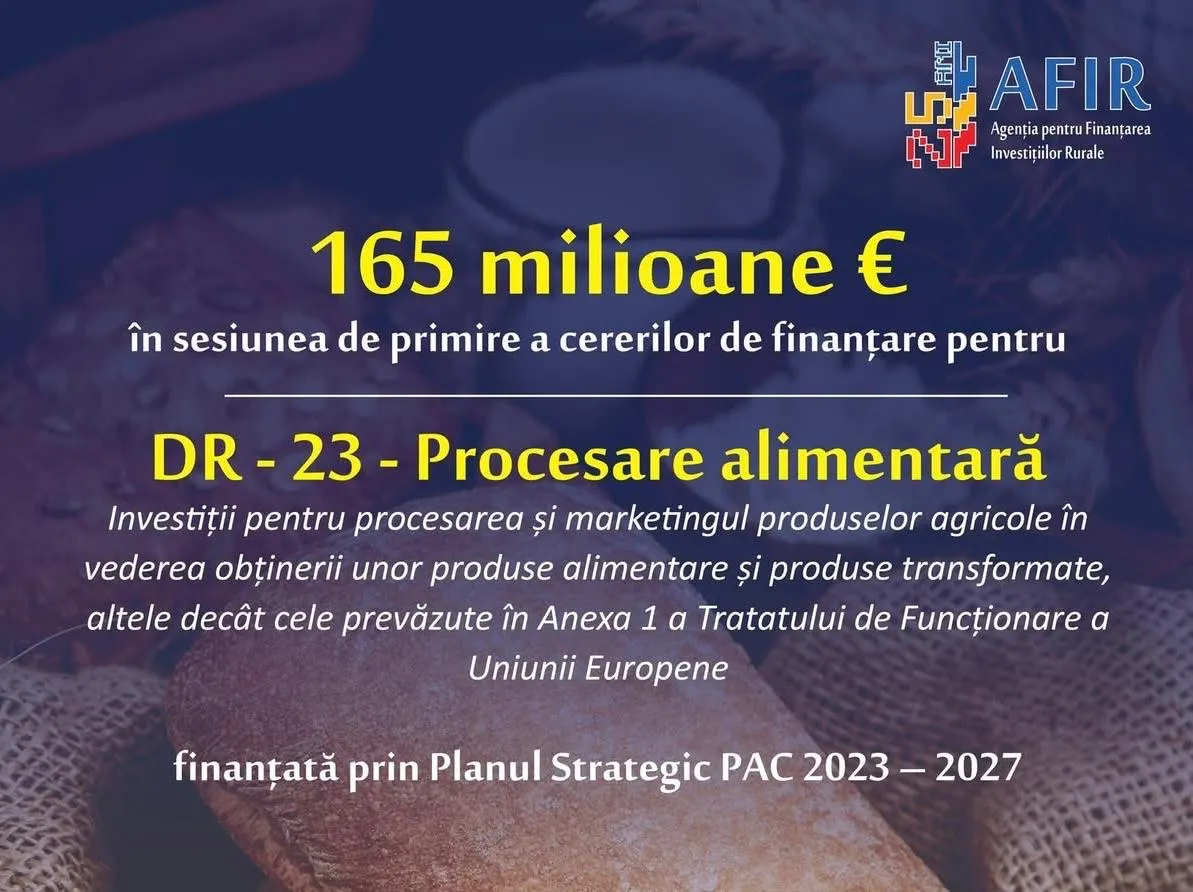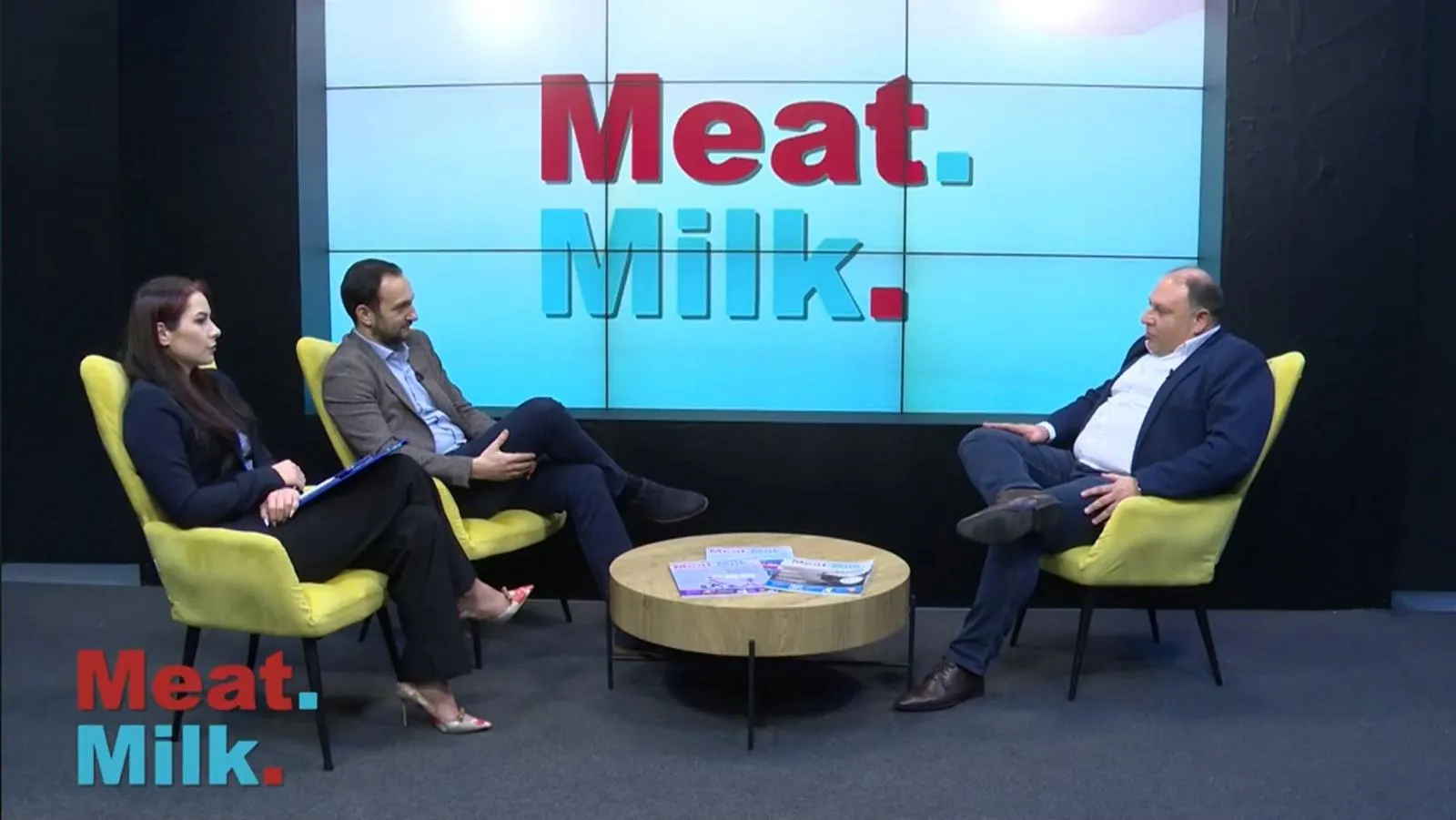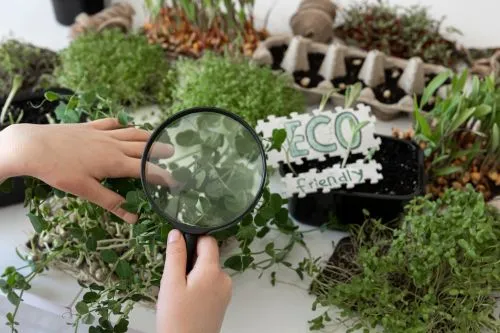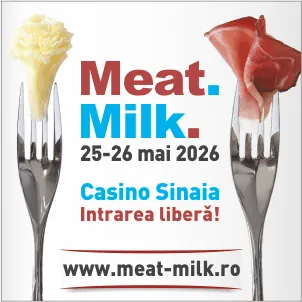763
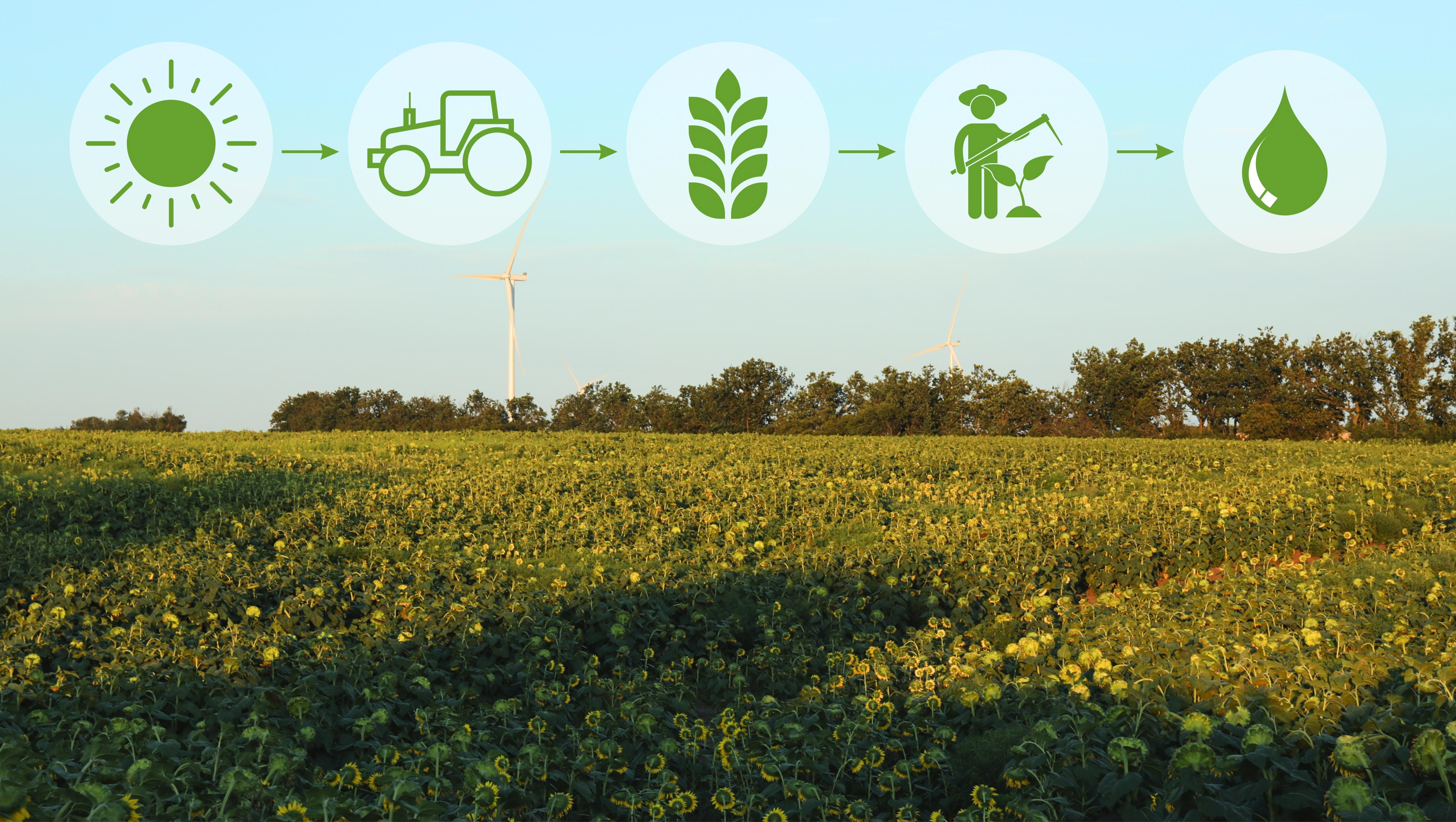
What Is Regenerative Agriculture?
Regenerative agriculture is a set of practices aimed at restoring soil fertility, improving biodiversity, and increasing the carbon storage capacity of agricultural land. This approach differs from conventional farming by emphasizing natural processes and the careful integration of livestock into the farm ecosystem.
A central component of this model is intensive, rotational grazing. Animals are frequently moved between paddocks, mimicking the behavior of wild herds. This practice allows vegetation to recover, strengthens root systems, and increases organic matter in the soil.
Examples from Romania
In Romania, several farms have begun to adopt regenerative principles, experimenting on extensive grassland areas.
- BioValePutna Farm in Suceava County manages over 100 hectares of alpine pasture using controlled grazing. According to founder Paul Iftimie, results include healthier soil, fewer pests, and improved animal well-being.
- Ferma de sub Penteleu, in Buzău County, rotates its Highland cattle every two days across natural pastures. The farm took part in an international soil carbon certification program and supplies beef to restaurants in Bucharest.
Environmental Impact
Proponents of regenerative agriculture claim that these practices can:
- increase organic matter content in the soil,
- improve the soil’s ability to retain water and carbon,
- reduce erosion and stimulate microbial activity in the soil.
According to the Food and Agriculture Organization (FAO), a 1% increase in organic matter per hectare can sequester up to 10 tonnes of CO₂. Under certain conditions, this result can be achieved within a few years of consistent regenerative practice.
Consumer Perspectives
Beyond environmental benefits, meat from regenerative farms may offer superior nutritional value, potentially richer in omega-3 fatty acids, antioxidants, and vitamin E. It is also produced without growth hormones, antibiotics, or concentrated feed.
For consumers, choosing products from such systems can be a way to support sustainable farming and contribute indirectly to environmental protection.
A Promising but Challenging Solution
Despite its promise, regenerative agriculture comes with challenges. It requires initial investments, agronomic expertise, patience, and a fundamental mindset shift. These farms are still a minority in the Romanian agricultural landscape, and long-term effects are still being scientifically evaluated.
Still, interest is growing. Some Western European markets are already responding with increased demand for certified low- or negative-carbon meat.
Romania—with its natural pastures, fertile soils, and pastoral traditions—has the potential to embrace these sustainable models. In such a scenario, meat may no longer be seen solely as an ecological problem, but as part of a broader solution for ecosystem regeneration and climate resilience.
(Photo: Freepik)
